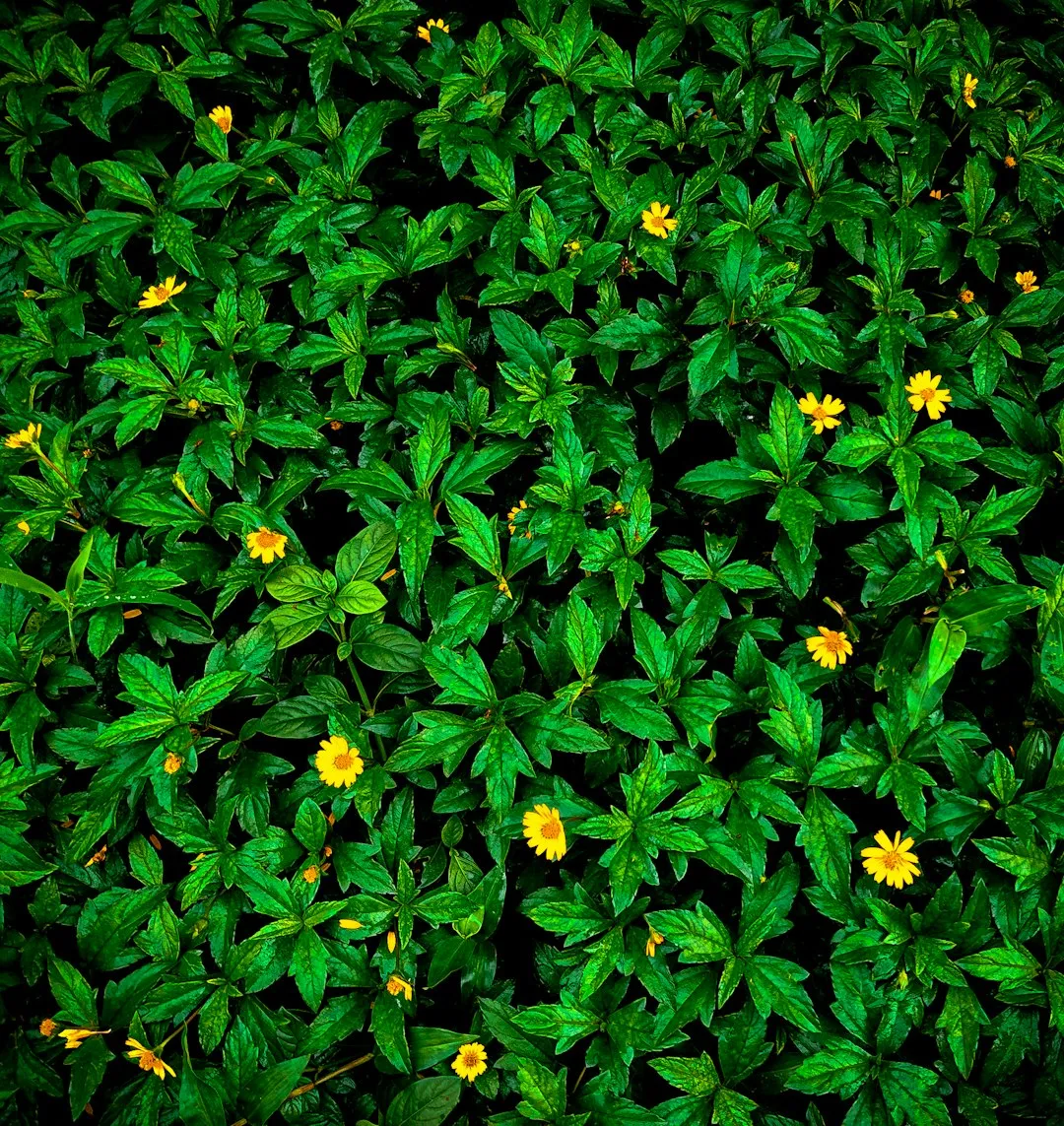Reviving Your Hibiscus: Solving the Mystery of Yellow Leaves

Yellow leaves on your hibiscus can be a cause for concern, but fret not! These vibrant plants are beloved for their large, showy flowers, but when those leaves start to turn yellow, it's a clear sign that something isn't quite right. In this article, we'll explore the common reasons behind yellow leaves on hibiscus and provide you with practical tips to correct the problem quickly.
One of the primary causes of yellow leaves on hibiscus is improper watering. Both over - watering and under - watering can lead to this issue. Over - watering can cause the roots to suffocate, preventing them from absorbing essential nutrients. As a result, the leaves may turn yellow and eventually drop off. To check if your hibiscus is over - watered, stick your finger about an inch into the soil. If it feels wet, hold off on watering. On the other hand, under - watering can also stress the plant, causing the leaves to yellow as the plant tries to conserve water. Make sure to water your hibiscus deeply but allow the soil to dry out slightly between waterings.
Nutrient deficiencies are another culprit. Hibiscus plants require a balanced supply of nutrients, especially nitrogen, iron, and magnesium. Nitrogen is essential for leaf growth, and a lack of it can result in yellowing leaves. Iron and magnesium are also crucial for chlorophyll production, which gives leaves their green color. You can address nutrient deficiencies by using a high - quality fertilizer formulated specifically for hibiscus. Look for fertilizers that are rich in these essential nutrients and follow the application instructions carefully.
Pests and diseases can also take a toll on your hibiscus, leading to yellow leaves. Aphids, spider mites, and whiteflies are common pests that can suck the sap from the leaves, causing them to turn yellow and wilt. Inspect your plant regularly for signs of pests, such as tiny insects, webbing, or sticky residue on the leaves. If you spot pests, you can use insecticidal soaps or neem oil to get rid of them. Diseases like fungal infections can also cause yellowing. Ensure good air circulation around the plant and avoid getting the leaves wet when watering to prevent fungal growth.
Environmental factors play a significant role as well. Hibiscus plants thrive in warm, sunny locations. If they are exposed to cold temperatures or strong winds, the leaves may turn yellow. Make sure to place your hibiscus in a sheltered spot where it can receive at least six hours of sunlight per day. If you live in an area with cold winters, consider bringing your hibiscus indoors during the colder months to protect it from the cold.
Soil quality is yet another aspect to consider. Hibiscus prefers well - drained, slightly acidic soil. If the soil is too compacted or has a high pH level, the plant may have difficulty absorbing nutrients, leading to yellow leaves. You can improve the soil quality by adding organic matter, such as compost or peat moss, to the soil. This will help loosen the soil and provide essential nutrients to the plant.
In conclusion, yellow leaves on your hibiscus are a sign that the plant is under stress. By addressing the issues related to watering, nutrients, pests, environment, and soil quality, you can quickly correct the problem and bring your hibiscus back to its healthy, vibrant self. Remember to monitor your plant regularly and take proactive steps to ensure its well - being. With a little care and attention, your hibiscus will once again be adorned with beautiful, green leaves and stunning flowers.
Don't let yellow leaves dampen your gardening spirit. Take action today and watch your hibiscus thrive!